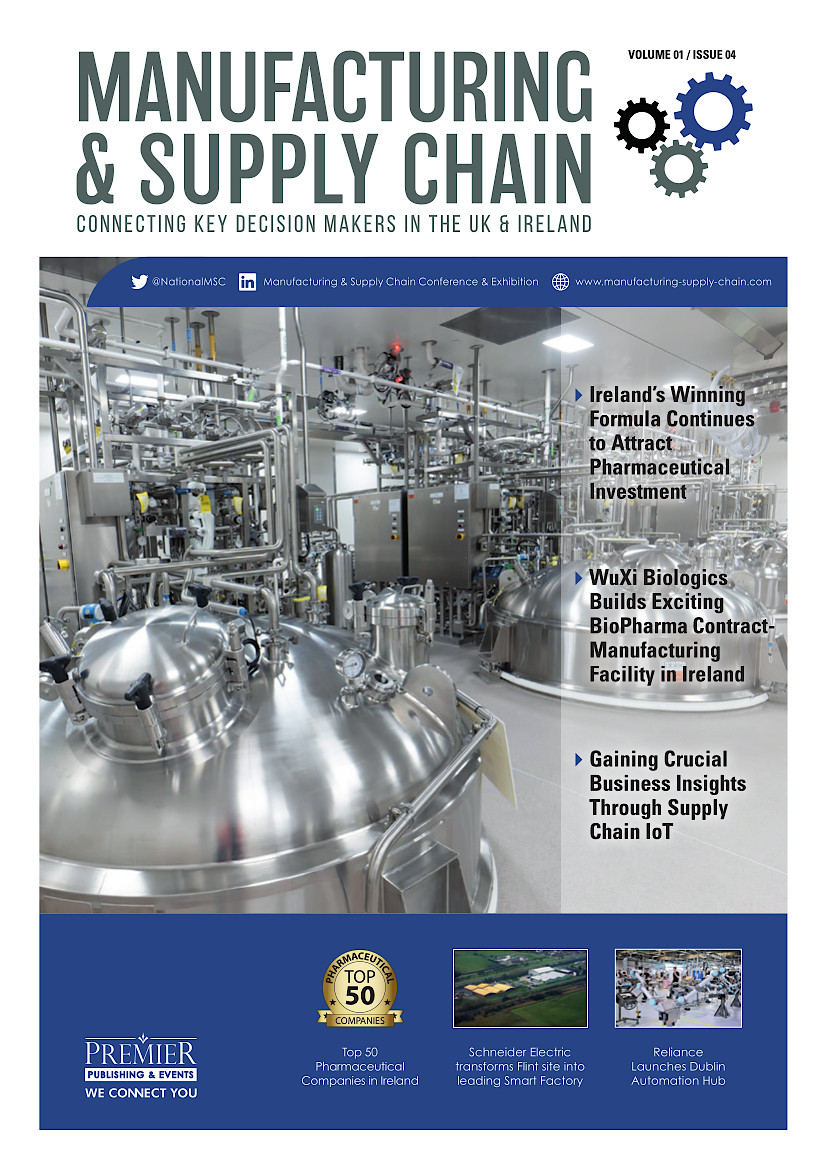Industry Urged to Provide Clearer Product Information on Labelling
 Despite the introduction of a standardised traffic light food labelling system in 2013, consumers want manufacturers, brand owners and retailers to provide more information on the food they’re selling, with many consumers still confused and at risk of making poor choices around healthy eating.
Despite the introduction of a standardised traffic light food labelling system in 2013, consumers want manufacturers, brand owners and retailers to provide more information on the food they’re selling, with many consumers still confused and at risk of making poor choices around healthy eating.
Although three quarters (76 per cent) of consumers claim to understand the traffic light food labelling system, the majority answered four out of five questions on the labelling system incorrectly. In addition to this, only 9 per cent said they found it ‘very easy’ to find the information they needed on food products.
These are the findings of a study commissioned by The Chartered Institute of Marketing (CIM). The research, carried out by YouGov and supported by The Marketing Trust, explores both consumer and industry attitudes towards food labelling, covering awareness, comprehension, association, expectations, purchase decision-making and trust.
In a clear sign that more needs to be done to improve consumer information and enable informed decisions, 83 per cent of those working within the industry said they themselves have seen abuses of imagery or words on packaging to suggest a product is healthier than it is. In addition to this, more than a third (37 per cent) of industry representatives believe that brands and retailers make it difficult for consumers to find the information they need on food and drink products.
Despite expecting the industry to provide clearer information, three quarters (77 per cent) of consumers believe following a healthy and balanced diet is the responsibility of the individual and do not want further government legislation. This sentiment is echoed by industry professionals, with an overwhelming 85 per cent believing that healthy living and improved diets would be best achieved by investing in consumer education and information as opposed to legislation.
Positively, three quarters (75 per cent) of organisations said they have made healthy living and consumer behaviour change a clear and called-out marketing or corporate objective for 2014, and 43 per cent of industry practitioners reported that their investment in consumer education initiatives increased in the last 12 months, with a further 57 per cent stating that it would be increasing over the coming 12 months.
However, at present many organisations are relying on traditional methods such as on-pack information and consumer-facing websites, despite the fact only one per cent of consumers reported to trust brand owner websites as a source for information on nutrition and healthy eating.
Thomas Brown, Associate Director, Research and Insights, CIM comments: “Our research indicates that consumers don’t want a heavy-handed response from government in order to make informed purchasing decisions. They do, however, expect better information from brands and retailers.
“The strong indications that businesses are taking their responsibilities seriously is encouraging, particularly around anticipated investment in consumer education, however many organisations are largely using limited methods and channels to achieve this. A real challenge for industry will be to not only increase efforts in their consumer education initiatives, but to do this in increasingly innovative and engaging ways beyond the packaging.
“While the traffic light system can be a useful tool for consumers, it’s not sufficient as a standalone measure. We believe that the Government needs to partner with the food industry to drive an education programme so consumers can learn to make better decisions about how to eat more healthily.”
Promising findings from the research include an increased awareness of healthy eating among consumers, with 58 per cent stating that they pay more attention to nutritional content than they used to. Nearly half also claimed that they would put products back if nutritional content looked bad.
Sugar content ranked the most important factor for consumers in their purchase decisions, closely followed by calorie content and general ingredients, with fat content and salt ranking a surprising fourth and fifth respectively.
Louise Vacher, Consulting Director at YouGov added: “It’s encouraging to see that there is an increase in consumer awareness and the desire to make healthier purchases. It’s therefore crucial that consumers not only understand the traffic light system, but feel equipped to accurately interpret and apply this information, and this research suggests there is more work to be done.”
























